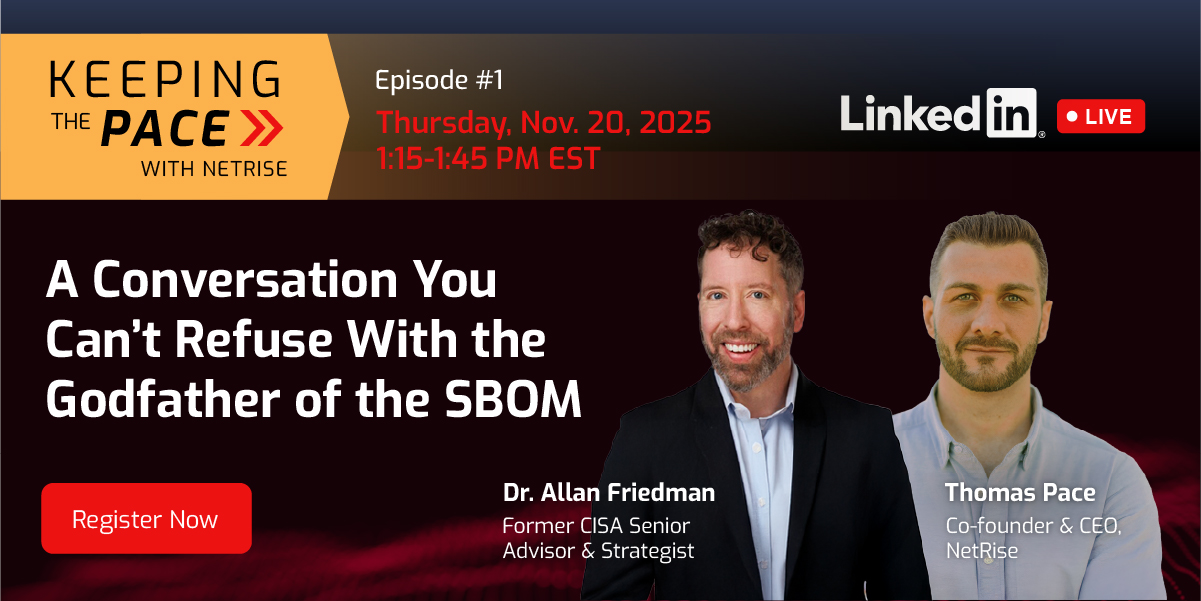Introducing Kernel Vulnerability Auto-Remediation
Binary analysis of devices often reports very large CVE counts (e.g., ~1,120 per networking device in our 2024 study). With the Linux kernel now assigning CVEs broadly, kernel-tied counts can look especially high—yet only a small fraction are ever observed exploited.
Security teams can spend countless hours triaging issues that aren’t exploitable. Traditional scanning stops at detection, leaving teams buried in noise with no clear signal on where to focus their remediation efforts.
Too often, security teams are forced to:
- Manually triage kernel-related CVEs that may never be exploitable
- Interpret complex findings without context
- Waste valuable hours chasing noise instead of addressing true risk
You know the result: the noise stays high, remediation drags, and proving any real reduction in risk is nearly impossible.
Scanners flag every CVE tied to the kernel, whether it’s reachable or not. That’s the core problem: teams can’t tell which issues to focus on, so they treat everything as critical. Kernel Vulnerability Auto-Remediation from NetRise introduces context into the equation.
In early NetRise deployments, Kernel Vulnerability Auto-Remediation reduced kernel vulnerability noise by as much as 10,000 findings per scan, not through guesswork, but by applying real configuration intelligence.
The Opportunity: Filtering Kernel Noise
For years, kernel CVE handling has been a manual, error-prone process. Kernel Vulnerability Auto-Remediation changes that by validating vulnerabilities against the device’s active configuration, flagging those that merit remediation and marking the rest as not applicable. Instead of a flood of noise, teams get a clear signal about which vulnerabilities require action and which can safely be deprioritized.
Use NetRise to Validate Kernel CVEs
Kernel Vulnerability Auto-Remediation brings kernel-focused intelligence to vulnerability triage. First, it verifies kernel modules in use and maps them to vulnerabilities, ensuring only exploitable issues are flagged. Next, it automatically marks CVEs as “Not Affected” when the required modules are absent or unconfigured, eliminating thousands of false positives in a single scan. Each decision is backed by VEX-compliant justification, evidence that explains why a finding can be safely deprioritized. The result is a dramatic reduction in kernel noise and a sharper focus on real risk.
Cutting Through Kernel Noise
Finding vulnerabilities is easy. Understanding which ones require attention is not. By bringing kernel configuration context into vulnerability management, Kernel Vulnerability Auto-Remediation turns a noisy, manual process into a clear signal, allowing teams to prioritize what’s real and ignore what isn’t.
Stay up to date with the news
Sign Up To Get Our Free Insights Delivered To Your Inbox
You might also like
Explore other exciting events!




